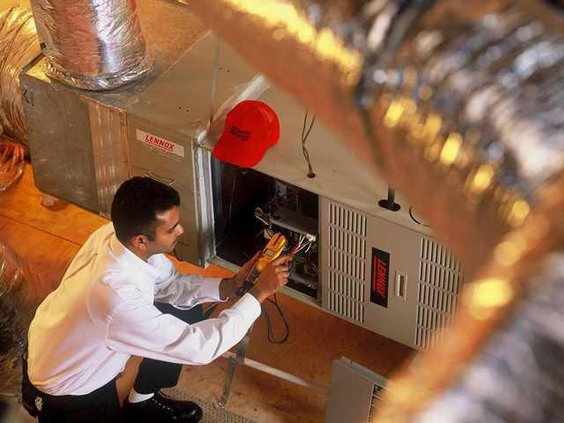Homeowners will pay 13 percent more this year to heat their homes with natural gas, the U.S. Energy Information Administration predicts.
Prices for heating with propane, electricity and heating oil also will remain higher than five-year averages. With this in mind, it is especially important for homeowners to act now to ensure their homes are energy-efficient.
To help homeowners combat high utility bills during the fall and winter months, Bobby DiFulgentiz, an energy efficiency expert with Lennox Industries, suggests some practical tips for winterizing your home, minimizing energy loss and maximizing your comfort this winter.
Examining the exterior
Begin by examining your home’s exterior walls for cracks or holes, paying extra attention to gaps around external doors and windows where warm indoor air can escape or cold air can seep inside. Because 10 to 15 percent of heat loss occurs from cracks of this nature, Lennox suggests sealing air leaks with caulk or weather stripping.
While outside, homeowners also should inspect the roof to ensure all shingles are intact and flashings around chimneys, skylights, antennas and vents are well sealed.
“With high winds, snow and ice, the winter months can be particularly strenuous on the roof of a house,” says DiFulgentiz. “Be sure to replace broken, curled or missing shingles, and use roof caulking to patch any holes to prevent heat loss before cold weather begins.”
Finally, homeowners should consider planting a few trees and shrubs of various heights to serve as “wind breaks” that will protect the house from cold, northerly winds. Home landscaping designed with “wind control” in mind can reduce winter heating bills by 25 percent, according to the Department of Energy.
Inspecting the interior
Continue your winter preparations by heading indoors and scheduling an appointment with a qualified heating professional to inspect your home’s heating system. According to DiFulgentiz, an annual, pre-season maintenance check-up for a furnace or boiler will help ensure the system is operating efficiently. This will also give you extra time to make any necessary repairs, if needed. You also may consider replacing the system, reducing the potential for a breakdown in the middle of winter.
“If your furnace is more than 15 years old, you should consider replacing it with a newer, more energy-efficient model,” says DiFulgentiz. “New, high-efficiency furnaces can help cut monthly heating costs by as much as 45 percent.”
In fact, high efficiency furnaces, like the Dave Lennox Signature™ Collection SLP98V variable speed gas furnace from Lennox, can save homeowners hundreds of dollars each year, compared to older, less efficient furnaces. The SLP98V, for example, is 98 percent efficient, which means 98 percent of the energy it uses goes directly to heating the home.
In addition to the home heating system, homeowners need to have fireplaces and chimneys inspected and cleaned annually. It’s also important to close the fireplace damper when not in use to prevent warm indoor air from escaping through the chimney.
Finally, take a look inside the attic to determine if additional insulation is needed. The amount of insulation needed will vary based on the region of the country and the home’s design, but generally if there is less than five inches, it’s a good idea to add more.
To learn more about home energy efficiency and how to save money on utility bills, visit www.ItPaysToLiveSmart.com.
A prescription for comfort and cost savings for winter




